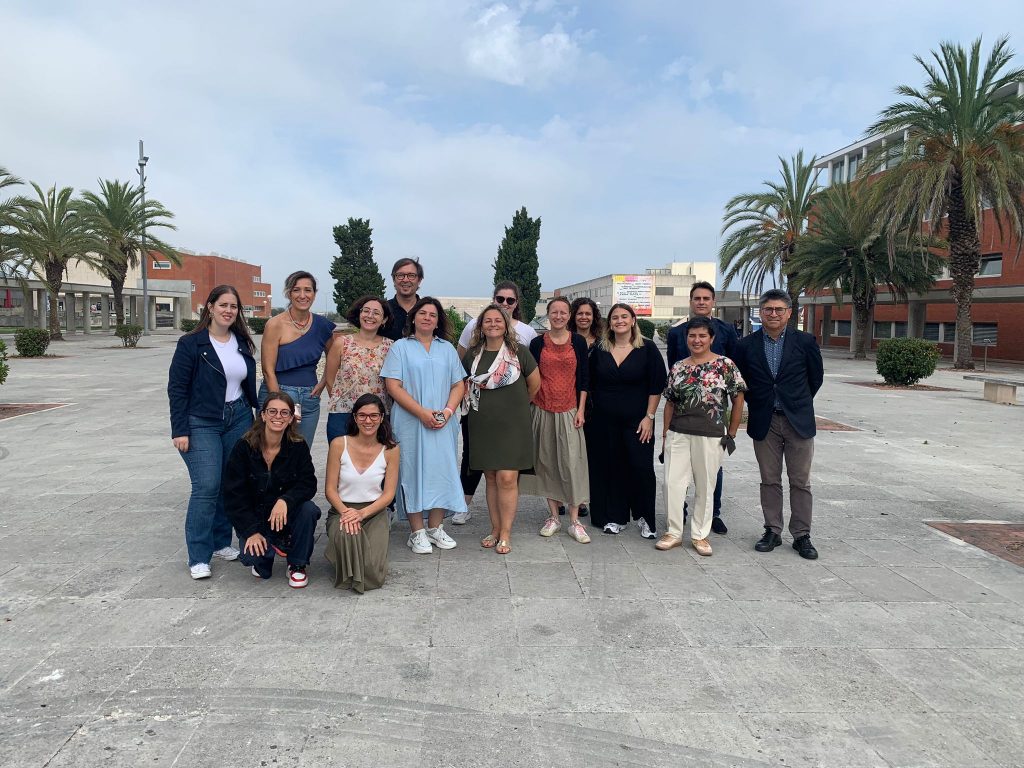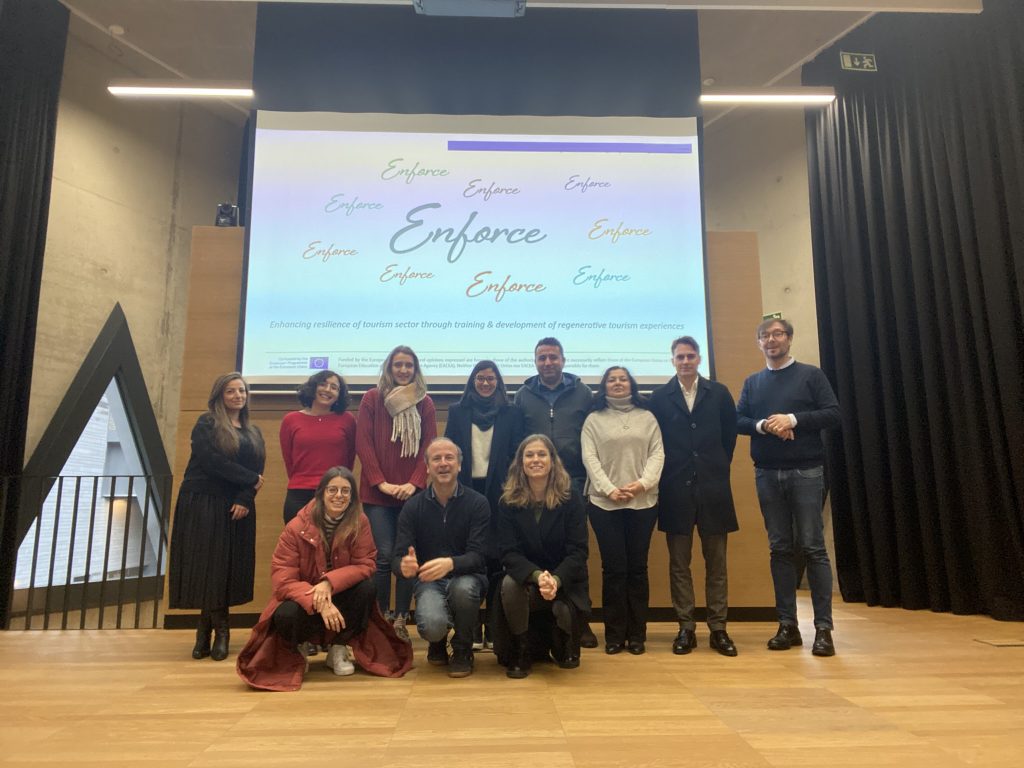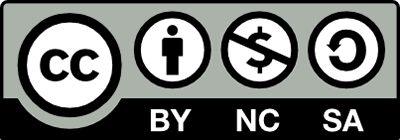Ulubey
We knew about the amazing tourism potential of the Ulubey Canyons when we were children. In our childhood, agriculture and livestock farming were practiced here, and they still are. We realized the tourism potential of this place in the following way: there are natural terraces on the slopes, and visitors who came to the small town were taken to these natural terraces to view the canyon. The visitors’ love and admiration for the place sparked the idea in people and local officials that this could be a tourism area. Later, festivals were held, such as the canyon festival, which was named after these canyons. These festivals were held for a while. Seeing that people shared the same feelings as us when they saw this natural wonder gave us great courage in the field of tourism. The construction of the glass terrace changed everything, as there is a saying that when one thing changes, everything changes. When this glass terrace was built, and people came to walk on it, immersing themselves in the beauty of this natural wonder and observing the scenery, their excited expressions and feelings actually started this tourism.
The most beautiful story here is the ‘Green Scarf Story.’ Until today, the Green Scarf Story has remained hidden. It is a love story—the story of Fatma and Mustafa, the miller. But the beautiful aspect of this story is that it took place in a watermill. There are even quatrains in the story. Mustafa falls in love with the girl at first sight and begins writing poetry. The story goes like this: the mills, of course, work with water, water mills, and it rained upstream. In the spring, when it rains, a flood occurs and breaks the mill’s dam. After the flood passes, Mustafa goes to repair the dam. As he returns to the mill after repairing the dam, he sees his neighbor Fatma in the garden for the first time. Seeing her for the first time, he experiences the feeling of first love.
The first verse goes like this:
“The flood has washed the dam away, the water’s not flowing right,
I saw a lovely girl today, but she didn’t meet my sight.
I can’t understand what’s come to me,
Her face stays in my dreams, constantly.
I told the story to many groups and communities. They would ask me, ‘What happened to Mustafa?’ Here’s how the story ends: they get married and start living in a mill at the bottom of these canyons. One day, Mustafa, the miller, is invited to dinner in Ulubey by his father-in-law. His wife, Fatma, goes early to help her parents. Evening comes, the food is prepared, the evening prayer is called, but Mustafa doesn’t arrive. Night approaches, the night prayer is called, but Mustafa still doesn’t show up. It’s past night prayer, approaching midnight, and there’s still no sign of Mustafa, so they start to worry. Given the circumstances of that dark night, they set out to search for him on the paths but can’t find him. They return to the mill and wait for daylight. The next morning, at first light, they start searching again. While Mustafa was coming up the paths with his mule, somehow he had fallen off a cliff. They find his body and discover that both the mule and Mustafa had died there.
then Mustafa’s body arrives,
It’s placed on the bier, ready for the grave, and there’s another verse
Mustafa lies upon the bier,
Fatma’s eyes search for Mülayim near,
Mülayim, helpless, silently weeps,
Fate, at times, makes hearts break so deep.
The story finishes like this…
Renewal refers to the effort to preserve the values of the existing nature and environment while advancing society and culture. This understanding materialized in our work through the preservation and development of historical and natural areas. For instance, the construction of a glass terrace over a canyon introduced society to tourism without harming nature. This structure allowed people to experience the unique environment where history and nature intertwine. Visitors, when looking down from the glass terrace, experienced a metaphorical dive into history, while the local community economically benefited by offering their handmade products to tourists. This led to the revival of culture and allowed society to gain from the process.
The glass terrace project clearly demonstrated the integrated relationship between tourism, nature, culture, and economy. Tourists not only visited the area to enjoy its natural beauty but also contributed to the economy by purchasing local products. This exchange enabled the local community to generate income while offering tourists the opportunity to experience cultural richness. In this way, tourism achieved a holistic integration with the environment, history, and culture.
In the initial stages of the project, the local community was skeptical about tourism. However, as the glass terrace was completed and people from different cultures began visiting the area, this perception changed. The local community gained economic benefits and experienced the societal and cultural dimensions of tourism. This model, created without harming the natural texture, facilitated the acceptance of tourism within the community and encouraged active participation by the locals.
Another significant impact of tourism is the preservation and revitalization of local culture. Tourists visiting the region had the chance to learn about the local culture through stories shared by the community. These stories kept cultural memory alive, contributing to the transmission of traditions and values to future generations. Thus, innovative approaches triggered both economic and cultural transformations.
The biggest challenge during this process was convincing the local community to believe in the project. However, the interest shown by tourists and the resulting economic activity quickly overcame these resistances. Observing tourists’ interaction with and purchase of local products helped people better understand the opportunities tourism offered.
One of the most prideful moments was experiencing the breathtaking scenery on the glass terrace alongside tourists, sharing their excitement. As someone who had admired the view from natural terraces for years, witnessing this wonder of nature in harmony with history created an unforgettable experience.
This journey brought about a significant personal transformation. I learned that convincing people to embrace a project requires patience and faith. Changing a habitual way of life takes time, but trusting the project and believing in the goals make success achievable.
For those considering starting their regenerative tourism projects, my advice is to believe in their initiatives and trust in the power of nature, stories, and history. By progressing patiently, success is inevitable. My core message to those who value regenerative tourism is to become a part of nature, culture, and life itself. Tourism should not only be viewed as an economic activity but as a central value in life. Protecting nature and culture ensures that tourism becomes an inseparable part of life.







